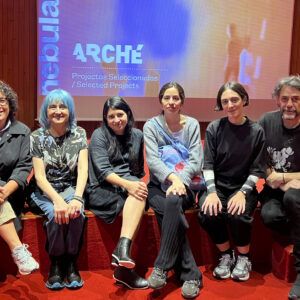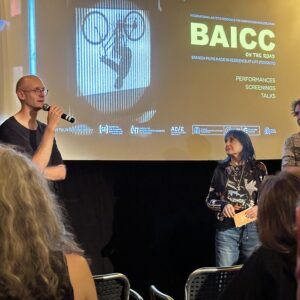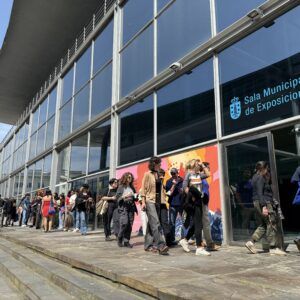With the participation of the universities of Vigo, Salamanca and Madrid, this programme is organised by eSe8_LAB during the Mostra and includes fourteen works being screened, the attendance at a masterclass by Carlos Castillo and a professional encounter on Sunday.
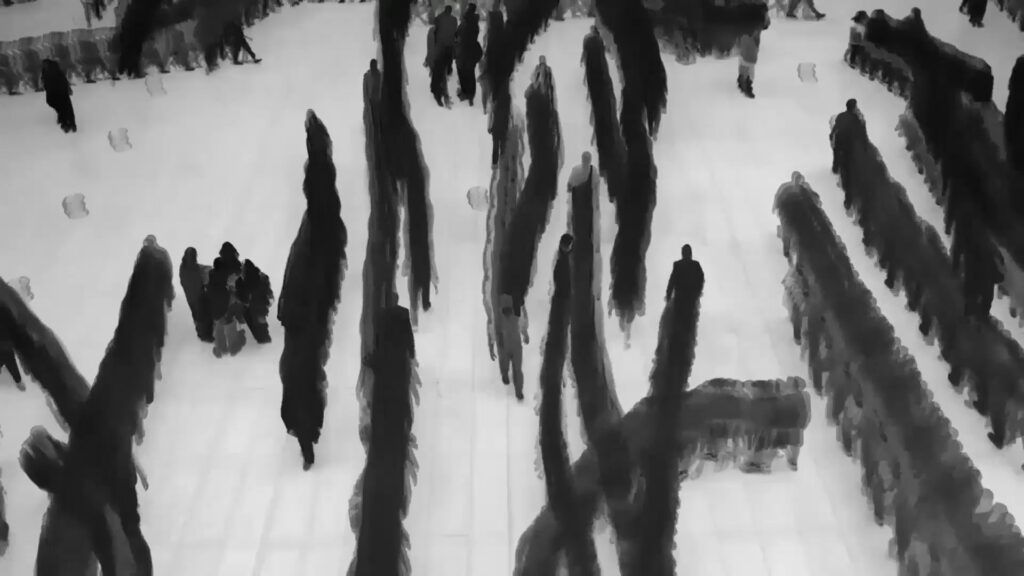
The interdisciplinary, free approach provided by Fine Arts—more open to other ways of projecting themselves via images—encouraged the (S8) Mostra de Cinema Periférico to include five years ago, the Paraíso section, organized by the eSe8_LAB. Here, students can find an introductory space to delve into the context of cinema, providing them with a platform for creation and freedom. Since it began, the Paraíso gathering has been able to count on the participation of Xisela Franco, visual creator and professor at the University of Vigo’s Faculty of Fine Arts in Pontevedra, who is participating again this year with five works by her students.
The University of Salamanca will again also be attending Paraíso, as they have been doing every year since 2022. Laura Gómez Vaquero, the vice dean of the Faculty of Fine Arts, says that for the students it is a “unique opportunity to discover other ways of making films, in addition to the experience of seeing their work screened in a professional setting.” In fact, she stresses that the festival introduces them to a universe of expressive possibilities, especially with the more performative and artistic proposals.
This year, a third faculty is also joining in: the Faculty of Fine Arts from the Complutense University of Madrid. Noemí García, who tutors the participating group along with Isabel María López Campos, explained that they were already familiar with the festival or mostra, which they consider “exemplary”. In their case, they opened applications at the faculty for interested students to submit films as candidates to participate in (S8). It was a complete success, since they received seventeen proposals, of which they selected just five. The lecturer sums up the importance of the initiative by emphasising that “for most of them, it’s their first production, so they’re very excited about the experience.”
Paraíso is a section that has been demonstrating its potential as a stimulus for these young creators, lending them artistic projection and making a huge impact on them. In fact, some of them have gone from showing their work as students to participating in the festival’s professional sections in just one year. This is the case of Cristina Souto, who is returning to (S8) this year with a film in the Sinais programme; and Claudia Pineda, who leapt from the Mostra to be selected by the ICAA for the Cannes Short Film Corner.
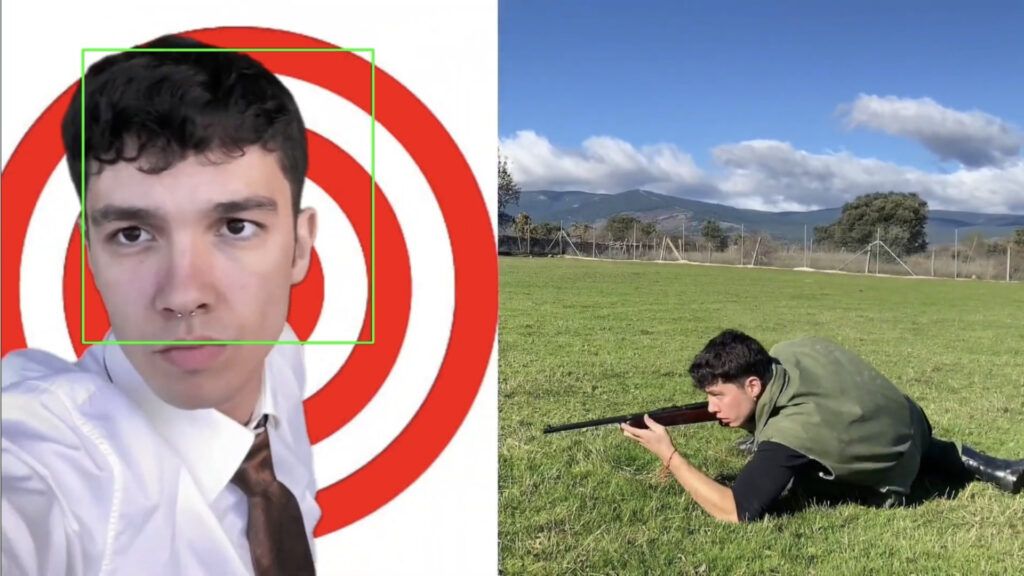
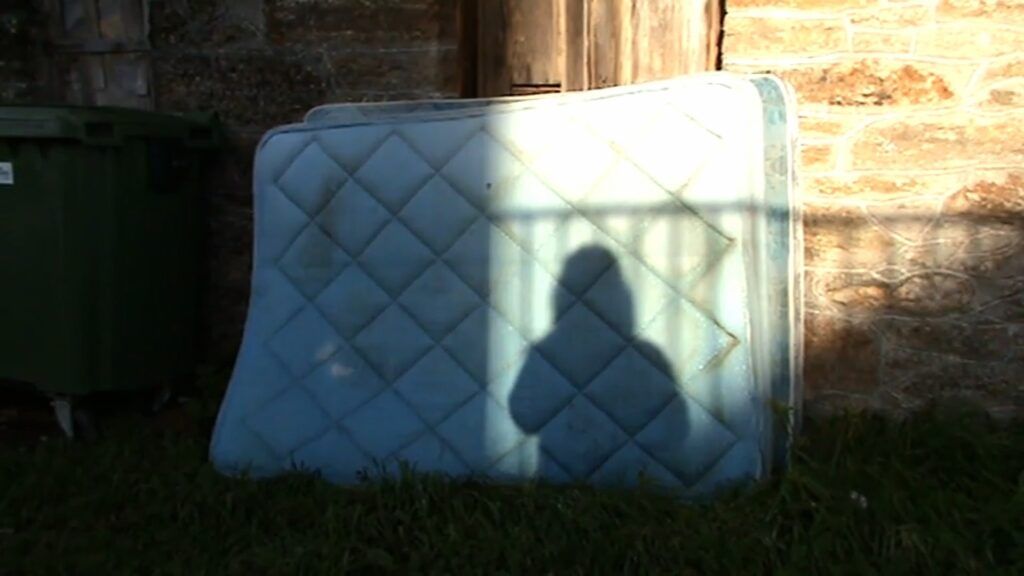
¿Qué es real en mí?, Daniel Rodero Sanz | SENTIR, Sara Ricoy
THE FILMS IN PARAÍSO
Habitar todos los mundos posibles, Un crisol de destellos and Reparar el dolor (Inhabiting all possible worlds, A crucible of glimmers and Repairing the pain) are the titles under which the films from each of the three participating faculties in Paraíso have been grouped. In total, there are fourteen movies—five from Pontevedra and Madrid each, and four from Salamanca—that will be screened with the creators attending on Friday, 6 June at 11 a.m. at the Filmoteca de Galicia. In addition to the screening, students will get the chance to attend the masterclass given by Carlos Castillo on Saturday morning, the 7th, on Venezuelan avant-garde cinema. On Sunday, the last day of the festival, they will take part in a gathering with artists, programmers, critics and journalists to think of ways to boost the community in the avant-garde cinema ecosystem.
At the Friday screening, five films made at the Faculty of Fine Arts in Pontevedra are being presented under the concept of Repairing the pain. This covers the films Sentir (Feeling) by Sara Ricoy; Fora, by Iván X. Esmoris and Sara Ricoy; Dentro (Inside), by Irene Santamaría; Una estrella se estrelló (A star struck) by Rocío Campoy Lage, and Ausencia (Absence) by Gema Rodríguez. They all have the common thread of returning the viewer to an intimate place where time is felt through a wound and cinema works like stitching.
Sofía Sánchez Jiménez, Silvia Alonso Díaz, Darío Hernández Tonzán and Sara Fénix are the students from Salamanca who are travelling to A Coruña this year with films giving a unique, diverse perspective on Inhabiting all possible worlds. This includes the films Calibre 22; 50 points, 25 metres; Manolo el carteru (Manolo the postman), Preguntas a un fantasma (Questions to a ghost) and 333.
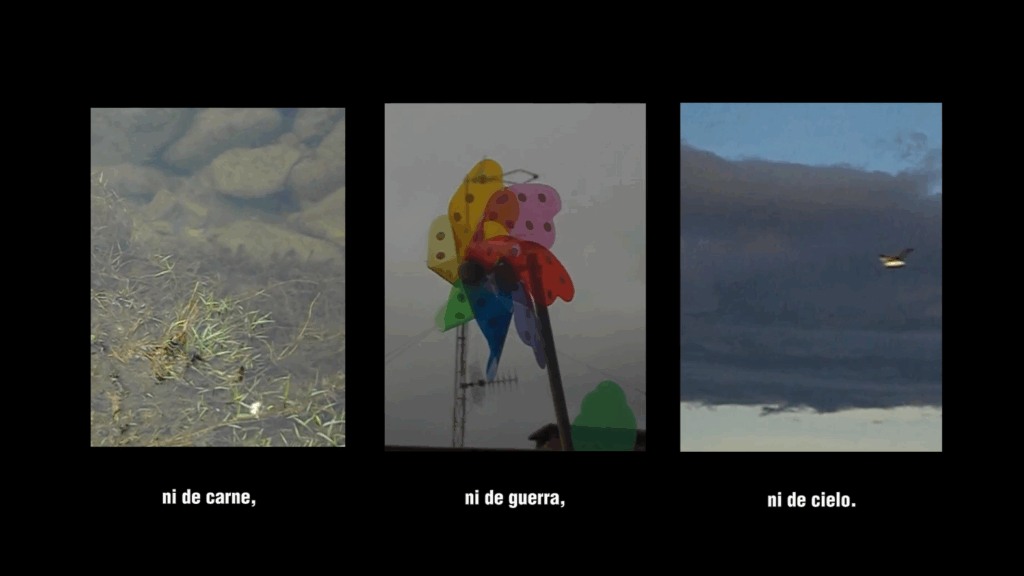
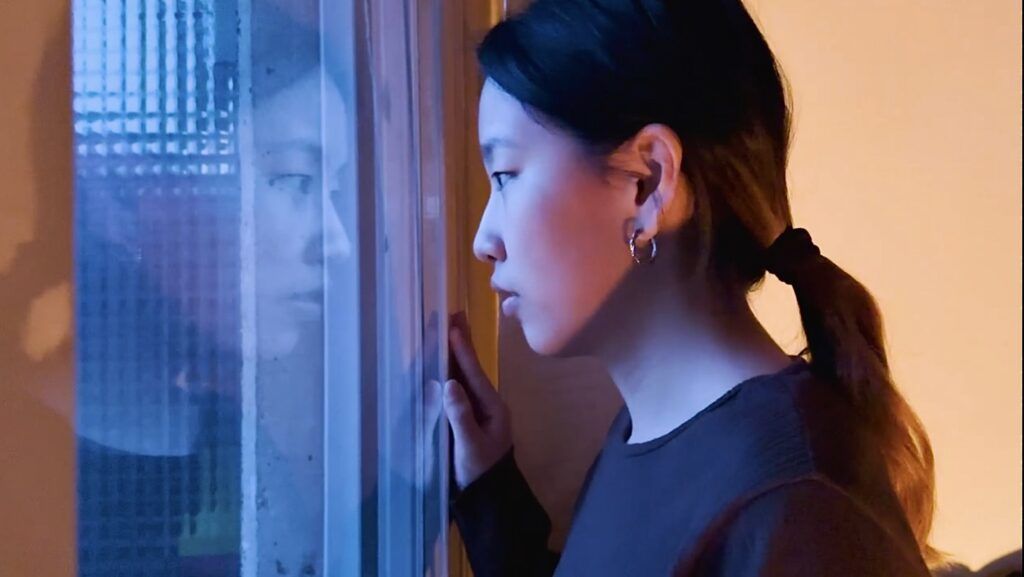
333, Sara Fénix | Por tu bien, C. Zhu Qian Wen and Juntian Li
The Complutense University is coming to Paraíso for the first time, with five proposals titled jointly as Un crisol de destellos (A crucible of sparks) in which they embark on an exploration of cinematographic language based on a formal search. The result is the films χιτών, by Leo Postlbauer Villa; Por tu bien (For your own good) by Candy Zhu Qian Wen and Juntian Li; Rutas migratorias (Migratory routes) by Raquel Barbero Cienfuegos; CARNE-FICCIÓN (FLESH-FICTION) by Luna Blanco Pines, and ¿Qué es real en mí? (What is real in me?) by Daniel Rodero Sanz.
Paraíso is part of the educational project of the ese8_LAB and counts on collaboration from the Galician Agency of Cultural Industries of the Government (Xunta) of Galicia (Agadic), Acción Cultural Española (AC/E) and the Luis Seoane Foundation. These institutions are part of the support for the (S8) Mostra de Cinema Periférico organised by the Cultural Association eSe8, which is sponsored by A Coruña City Council’s Department of Culture and Tourism with additional help from the Provincial Council of A Coruña, and the Institute of Cinematography and Audiovisual Arts (ICAA).

